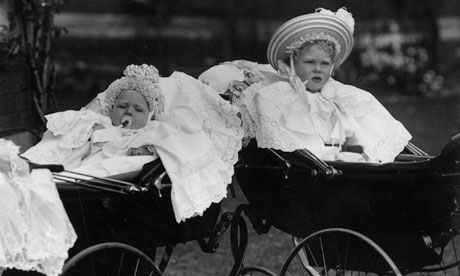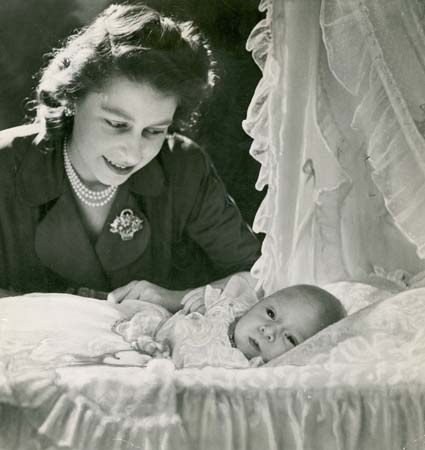Many writers, myself included, rely on the summer months as their time to “power write.” Longer days and fewer winter activities make this the perfect opportunity to get more writing done.
Some others might spend summer taking a much needed break from the written word, but for those of you who try to accomplish more writing during the summer, I have four tips to help you make the most of the upcoming summer months.
1) Be very selective about what you spend your time on. For those of us who like to say yes to everything, this goes against our natural inclinations. But the truth is, none of us can do it all. A very wise college professor once said “Life is about choices.” We all can point to time that we waste on unnecessary activities such as watching television, surfing the internet, or talking on the phone. Writing is a discipline like everything else. If you want to achieve your goals you have to set boundaries around your activities. And as writers, we have to decide when to say no and when to say yes. If the Lord leads, let this be the summer where you say YES to writing.
2) Establish a strict schedule.Think about getting up an hour earlier, or going to bed an hour later. Squeeze extra writing time in where you can. Author Jody Hedlund uses the quiet moments at the beginning and end of the day for writing, instead of other administrative tasks, such as blogging, twitter, facebook, emails, and the like. Get your writing done
FIRST as that is your main goal and use any leftover time for less important tasks.
 3) Set a goal.
3) Set a goal. This device is used by many successful and disciplined people and it works for writers
too. Set a reasonable goal for yourself and try to keep working toward it. Maybe it’s writing 50,000 words, or sending out 20 query letters. You might not always succeed but you’ll get a lot more done knowing you have a finish line. And that’s where number four comes in.
4) Reward yourself. Whatever you do, no matter how trivial, reward yourself with something special. Go see a movie, take a walk, or treat yourself in some small way. Of course, achieving the goal is by itself a great reward!
I hope this summer is a blessed one for you and your writing journey!!
Any ideas of how you plan to accomplish your writing goals this summer? I'd love to hear them !!
Happy Writing!
--Amanda

















































